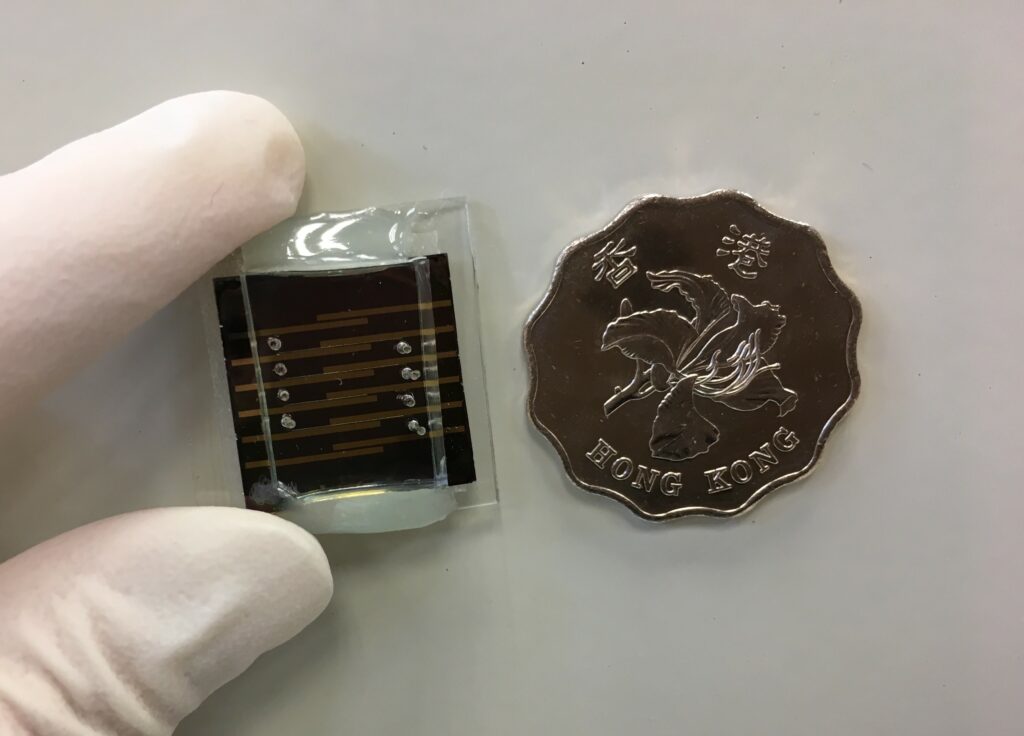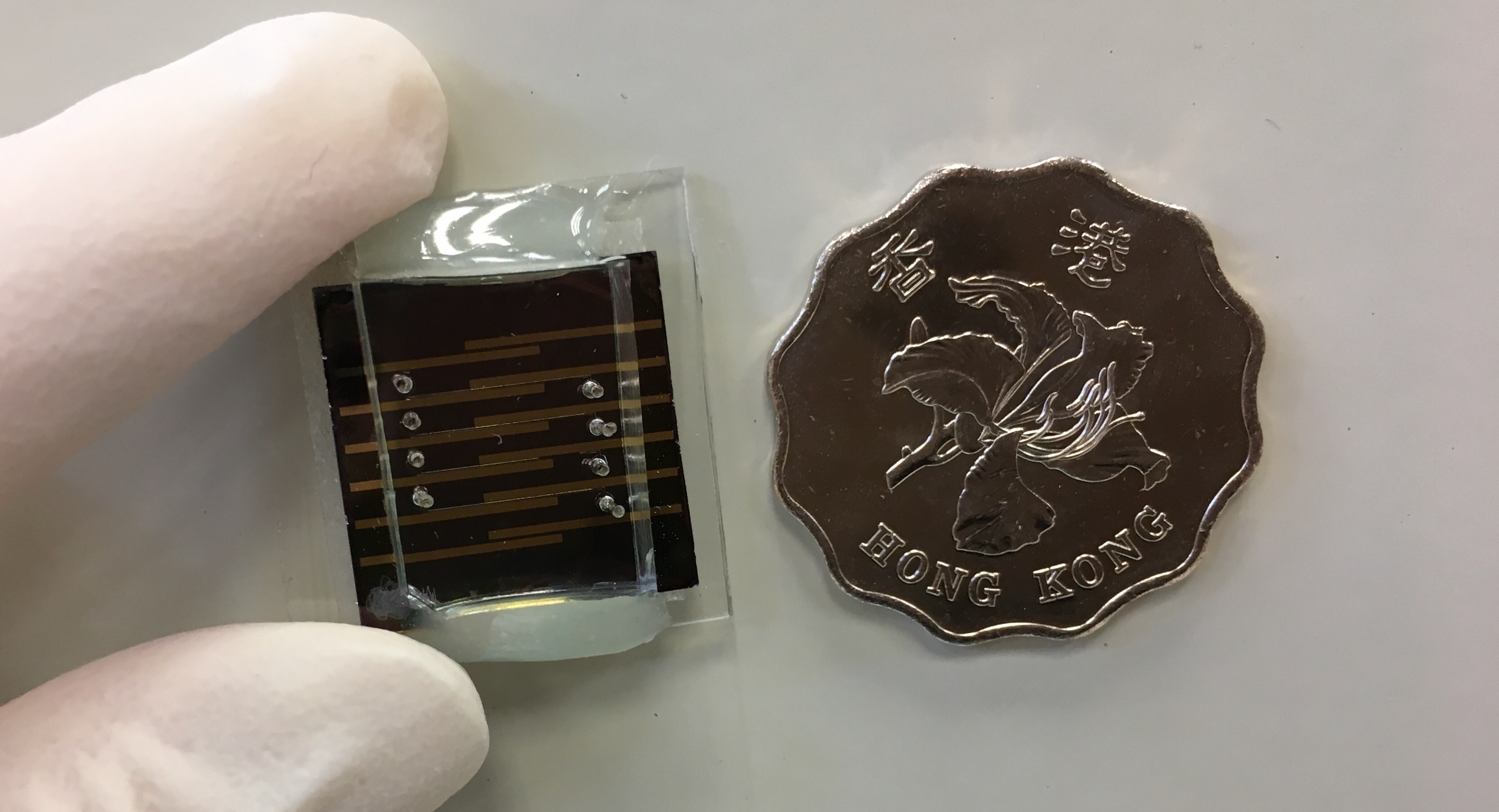Abstract:
A new electrical sensor for highly selective and sensitive detection of chemical and biological species in water is enabled by functionalized organic semiconductors with unique self-assembly structure.
Problem to be solved:
By combining sensory electrical output with easy device fabrication, organic field effect transistors (OFETs) promise low-cost, soft and biocompatible sensors for wearable and implantable electronic devices. One challenge for tailoring organic semiconductors in OFET-based sensors is that introduction of reactive or binding sites usually impairs charge transport pathways.
Applications:
This electronic sensor is a general platform, which can be customized to detect specific chemical and biological species in aqueous solutions for food quality control, environmental monitoring and medical diagnosis by tailoring hexabenzoperylene molecules through chemical synthesis.
Target Users:
Analytical laboratories, manufacturers of medical test kits.


Uniqueness and Competitive Advantages:
The unique self-assembly of hexabenzoperylenes allows introduction of a variety of functional group to organic semiconductors without sacrificing charge transport pathways. The sensing device that integrates an OFET channel and a microfluidic channel can detect different chemical and biological species in aqueous solutions when the organic semiconductor molecules are equipped with the corresponding reactive or binding groups. The device has been demonstrated to selectively detect fluoride down to a concentration of 1×10−6 M and streptavidin (a protein) down to a concentration of 3.6×10−11 M.
